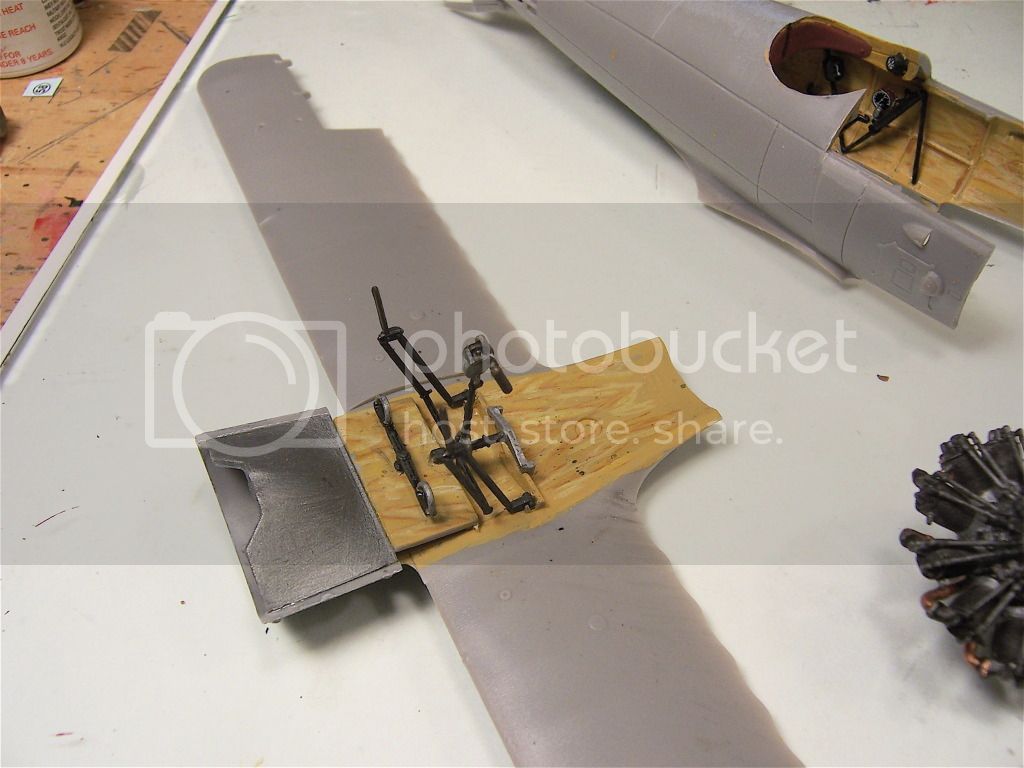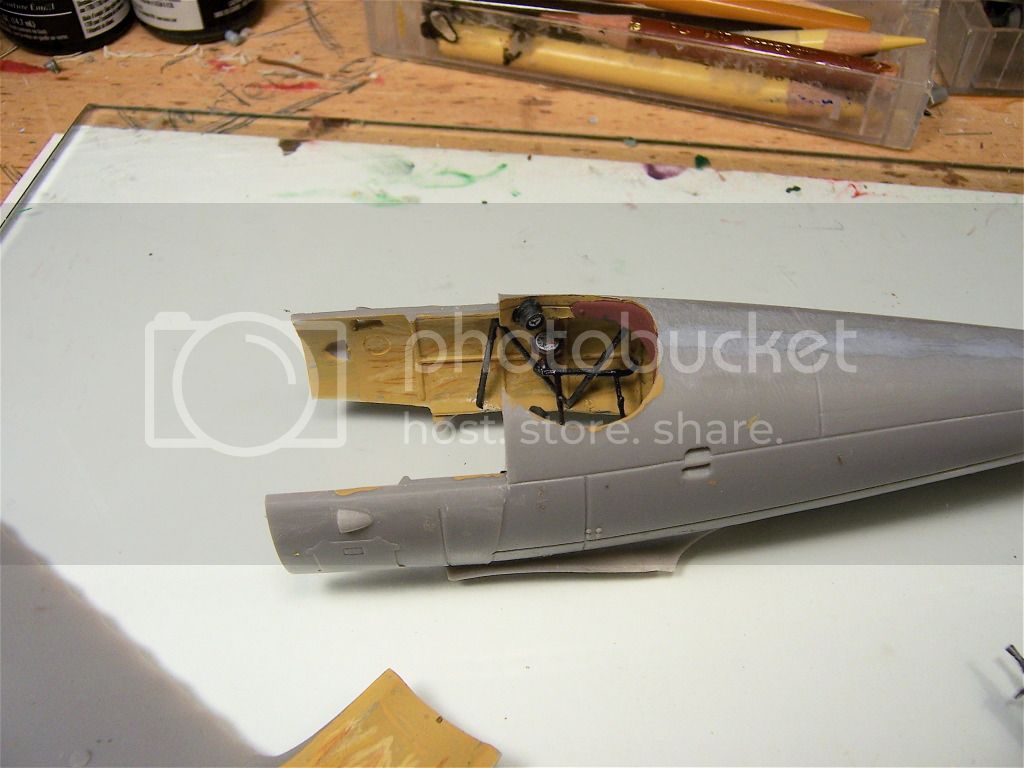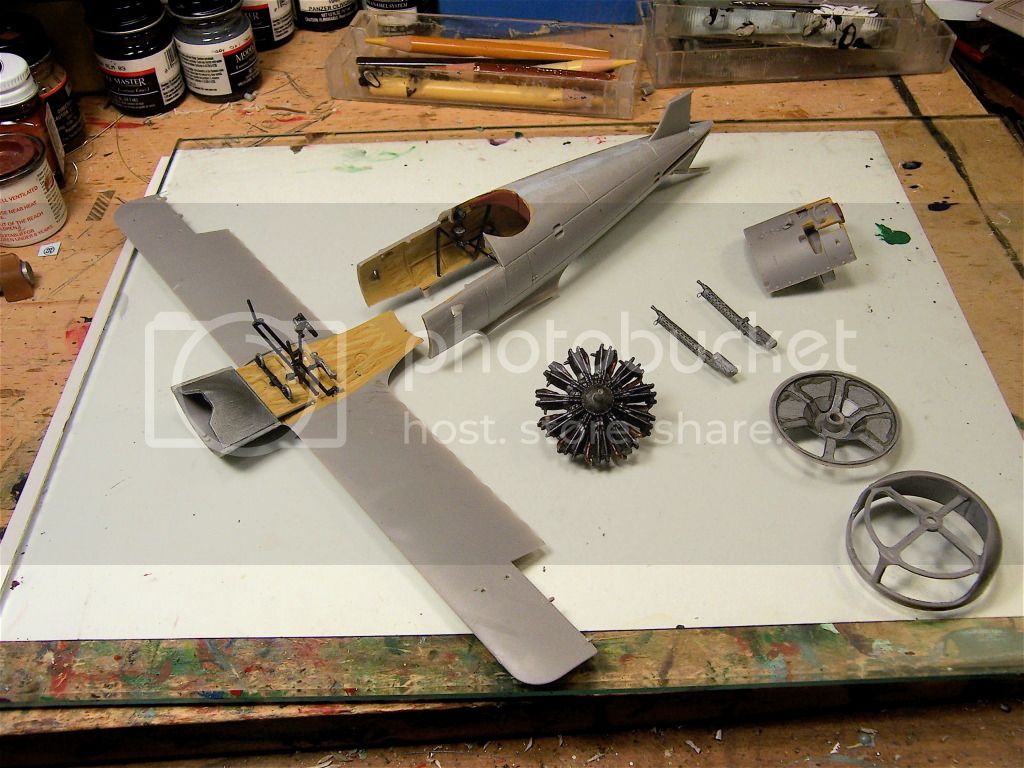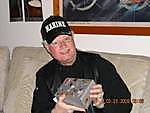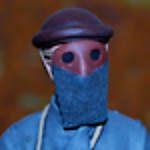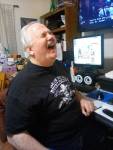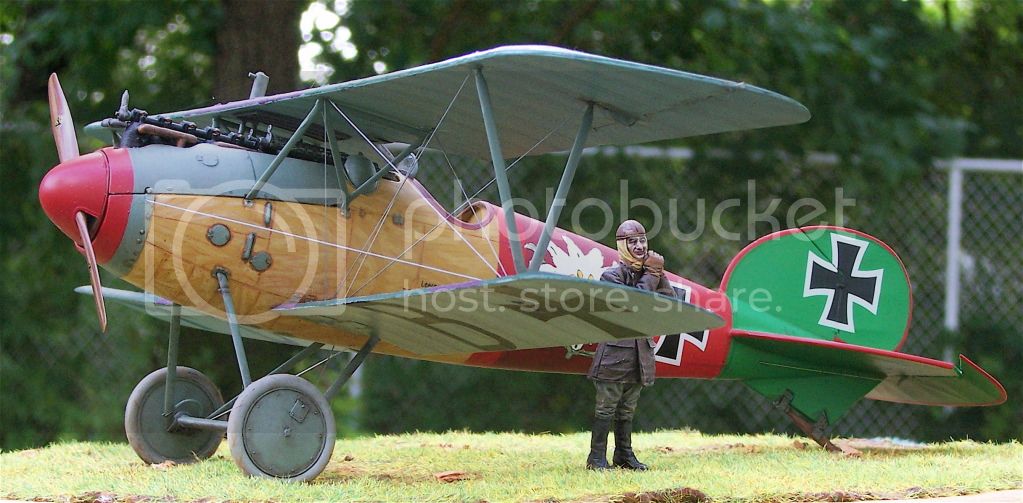Greetings Dwayne,
Here is a bit of fun on the subject. It is from my own review of this kit.
". . .References:
Eisernes Kreuz und Balkan Kreuz by H.Nowarra, Hoffman Pub. p.120, 1968.
German Army Air Service in WWI, Osprey, Vintage Warbirds #2, Photos 102-105, 1985.
German Fighter Units - June 1917-1918 by A.Imrie, Osprey Pub. 1978.
Lafayette Foundation Archive, Denver CO. USA.
Over the Front Vol. 2, #4, p.376, 1986.
Over the Front Vol.14, #3, p.280 1999.
Over the Front Vol.14, #4, p.368-370, 1999.
Over the Front Vol.15, #4, p.370, 2000.
Pictorial History of the German Army Air Service by A.Imrie, Ian Allan Pub. p.173, 1971.
Siemens Schuckert D.I/ III/ IV by Harry Woodman, Scale Models, Pp.348-352, July 1981.
Siemens Schuckert D.III & IV by P.L.Gray, Profile Pub. #86, 1966.
Spandau Machine Gun by David Watts, 1998 WWI Aero.
SSW D.III by Dick Bennett, WWI Aero #123, Feb. 1989.Pp.8-25.
SSW D.III Cockpits & Instruments by Roy Meyers, WWI Aero #123, Feb. 1989, Pp.72-75.
SSW D.III - D.IV by P.M.Grosz, Albatros Pub. Ltd. Windsock Datafile #29, 1991 & 98.
Comments;
An authority on the S.S.W. Mr. Richard (Dick) Bennett has graciously allowed me to use his data throughout this article and further his recent comments; ‘...The power developed by this engine is all over the map, depending on the source. Siemens ran dynamometer tests on one of the prototypes in 1917, and it put out 160 - 170 hp. One Siemens document credits it with a sustained power rating of 170 hp and a peak output of 240. Problem was that at low altitudes, where that peak power could have been developed, pilots' instructions forbid opening the throttle all the way. They were concerned that the high (for those days) compression would cause engine failure. Pilots were instructed to keep it below 850 rpm until they were above 3000 m. After that they could push it to the full 900 (or 1800, depending on how you look at it). Of course, at that altitude, the air density had dropped off, so a genuine 240 hp was unattainable...The British ran one on a test brake after the war and got 205 hp out of it...Both the Sh.3 and Sh.3a had the same displacement; I believe their power outputs were identical. The Rhemag engines were all Sh.3a's, because they didn't start production until after the engine had been redesigned. This is probably why they developed the reputation as being more reliable than the first Siemens-built engines. From what I've been able to find, the Siemens-built Sh.3a's were just as reliable & powerful as Rhemag's. Udet's engine is a fascinating one, because there doesn't seem to be any surviving information about what Rhemag did to hop it up. It may have been simply "balanced and blueprinted", as the professional high performance engine builders say...
Concerning the SSW D.III marked with the ‘V” Here's where the problem arises: Of the first 18 D. III types modified this way, one was sent to Idflieg for testing, one (D. 8350/17) went to Rhemag to become Udet's red hopped-up engine airframe, and the others were assigned to various Kests. Unless Jasta 15 markings were left on it through all this, the V was probably applied during its Kest service. That and the fact that Veltjens used a winged arrow on his other aircraft lead me to doubt it was his. In fact, this applies to all the post-rebuild D. III types issued. . ."
